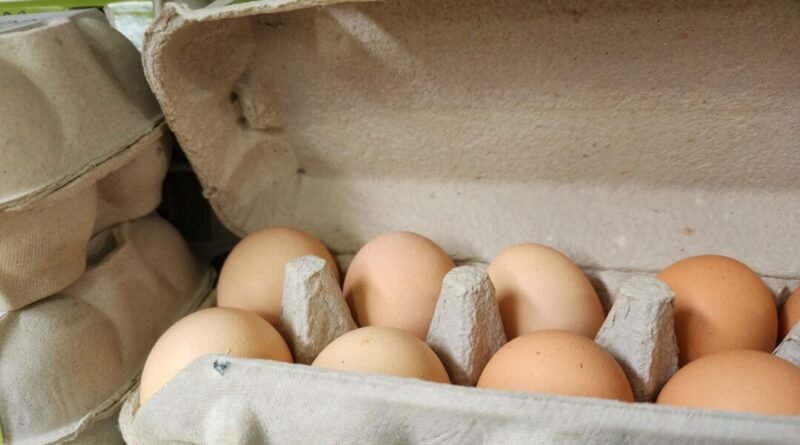$6.9 Million Funding Secured for Bird Flu Surveillance and Vaccine Development
Australian Agriculture Minister Murray Watt emphasized that Australia ‘cannot rest on our laurels.’
Bird flu surveillance in Australia will receive a boost with $6.9 million (US$4.67 million) in Federal funding. The Australian government disclosed that this funding will be used for enhanced surveillance and investigation into potential avian influenza vaccines.
This investment is in response to the threat posed by the H5 and H7 strains of High Pathogenicity Avian Influenza.
Despite Australia being the last continent free of the H5 strain, Minister for Agriculture, Fisheries and Forestry Murray Watt stated that Australia “cannot rest on our laurels.”
“The influx of migratory birds from regions where H5 HPAI is present—particularly as the spring season nears—means we are constantly at risk, which is beyond our control.”
Mr. Watt highlighted that while Australia cannot alter the natural migration patterns of potentially sick wild birds, they can prepare for such scenarios.
“That is why we are investing $6.9 million in enhanced capability to detect and respond to avian influenza in wildlife,” he added.
The allocated funding includes $2.2 million for the Wildlife Health Australia One Health Surveillance Initiative.
Additionally, $1.95 million will support Animal Health Australia in enhancing the national response capability for avian influenza in poultry.
This also involves exploring the potential use of commercial avian influenza vaccines in Australia.
Moreover, $1.1 million will be used to extend the National Avian Influenza Wild Bird Surveillance Program for another 4 years.
An amount of $70,000 will be dedicated to studying the connection between H7 low pathogenicity avian influenza in Australian wild birds and outbreaks of H7 HPAI in Australian poultry.
Meanwhile, $800,000 will go towards communication efforts with stakeholders, industry, and the general public to enhance awareness of Australia’s biosecurity measures and readiness.
An extra $580,000 will aid in augmenting early detection and response capabilities for H5 HPAI in wildlife.
Additionally, $200,000 will support the analysis of the location, structure, biosecurity, routine husbandry practices, and movement patterns of Australia’s commercial poultry industries.
Bird Flu Detected in Three States, Twelve Cases
This follows the discovery of bird flu in backyard chickens in the ACT, marking the second case in the territory and the 12th in Australia.
This strain of influenza was traced back to an infected property in New South Wales (NSW), where two cases of H7N8 were identified in Hawkesbury, northwest of Sydney.
The department recently reassured the public that highly pathogenic avian influenza viruses do not pose a risk to humans when interacting with infected animals.
They also confirmed the safety of eggs and duck meat products, stating that they are not a risk and are safe for consumption.
The government reiterated that eggs and chicken meat are safe to eat, provided they are handled and cooked following standard food safety guidelines.
National Coordination Role for Federal Government
On July 11, Minister Watt announced that the federal agriculture department is assuming a national coordination and leadership role in preparing for H5 HPAI.
“There has been a coordinated response across governments, other agencies, and industry, led by the team at DAFF, as we work towards mitigating the potential impact of any H5 high pathogenicity avian influenza incursion,” he stated.
“We are collaborating with affected jurisdictions and industry to address the H7 high pathogenicity avian influenza outbreaks in Australia.”





